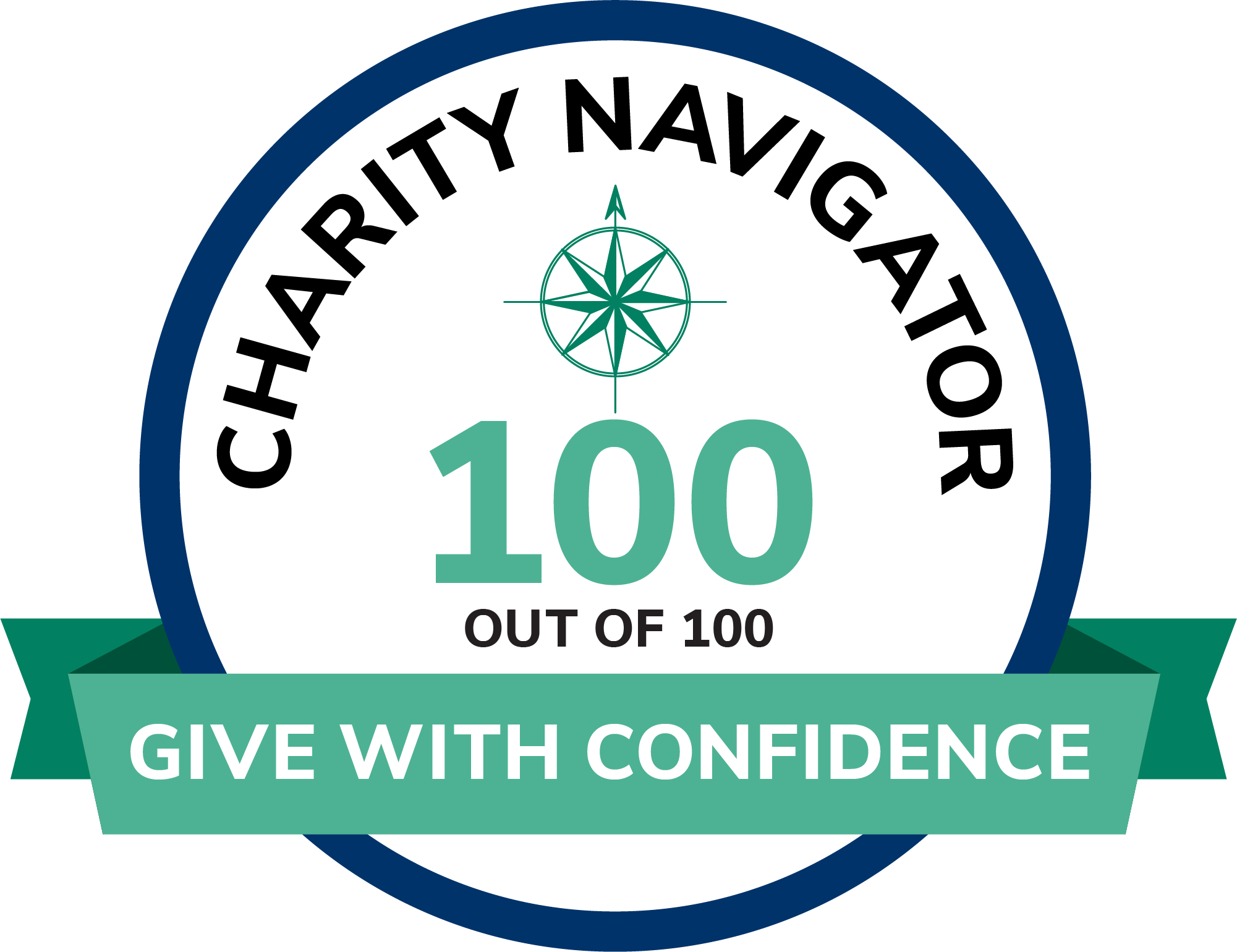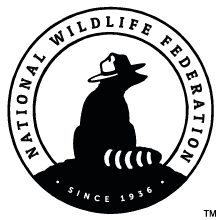For more ideas on how you can Garden for Wildlife and see some of these ideas in action, check out our segment on Quad Cities Live with our River Health and Resiliency Organizer, Nina Struss.
May is Garden for Wildlife Month, and that means it is the perfect time to celebrate your own garden and its amazing impact on wildlife. From small balconies to spacious yards, wildlife gardens can have a big impact no matter their size!
With over seven million participants and over 50 years of service, Garden for Wildlife is America’s largest, longest running habitat movement dedicated to helping wildlife thrive where people live, work, play, learn, and worship.
This year for Garden for Wildlife Month, we’re excited to celebrate gardens of all sizes and even gardens in unlikely locations! If you have an outdoor space such as a balcony, a flight of stairs up a brownstone, or even a small green space around a mailbox, you can garden for wildlife.
Here are three easy ways you can participate in Garden for Wildlife Month:
- Take the Wild and Free Lawn Pledge
Lawns cover over 40 million acres of land across the United States – that is an area as large as the state of Colorado! These green carpets have replaced what was once diverse and wild landscapes. There is a LOT we can do to help make up for that loss in diversity and create places for pollinators and small wildlife.
It’s time for us to take care of them the way they deserve! That’s why this Spring, Prairie Rivers Network is launching the Wild and Free Lawns Pledge. By signing this pledge you are agreeing to plant native plants, to engage in responsible mowing practices, and to break up with a well-manicured lawn.
By pledging, you intend to:
- Reduce the size of your lawn footprint
- Mow the lawn less often or not at all
- Plant locally-sourced native plants whenever possible
- Break up with chemical lawn care treatments
- Choose native plants for pollinators
Native plants are those that naturally occur in a particular region, having evolved and adapted to the specific climate, soil conditions, and other environmental factors of that area. These plants play a crucial role in maintaining healthy ecosystems.
Some native plant species are recognized as “keystone” plants, supporting 90% of butterflies and moths, and up to 60% of native bees in a specific ecoregion. Check out this resource to find which keystone plants are best for your eco-region.
One of the best ways to incorporate more native plants in your yard is to reduce your lawn. Little by little you can replace that green turf with blooming native plants that will provide benefits to pollinators and wildlife. Check out this resource to discover which native plants are best for your yard. Small spaces, also known as pollinator pockets, can pack a biodiversity punch. Check out this resource for more tips on how to plant native in small spaces.
Providing essential wildlife habitat doesn’t have to take acres – it can even be done in a small container garden! Many different native plants, like milkweed and asters, can flourish in a pot with the right care. For tips and tricks on how to plant a native container garden check out this resource.
- Work towards certifying your garden as a Certified Wildlife Habitat
Over 2 million habitat acres are lost annually to development and agriculture. Your garden can be part of the solution to rebuild this habitat. Native habitat gardens can support two times the amount of wildlife when compared to properties with primarily turf lawn. Not sure where to start? Take this 5-minute quiz to see how your yard supports wildlife.
Think you’re ready to certify your yard as a Certified Wildlife Habitat? Visit the National Wildlife Federation’s website to learn more about the benefits of certifying your yard and to complete the application. Certification is $25 and 25% of your fee goes towards Prairie Rivers Network’s work to help protect our pollinators!







